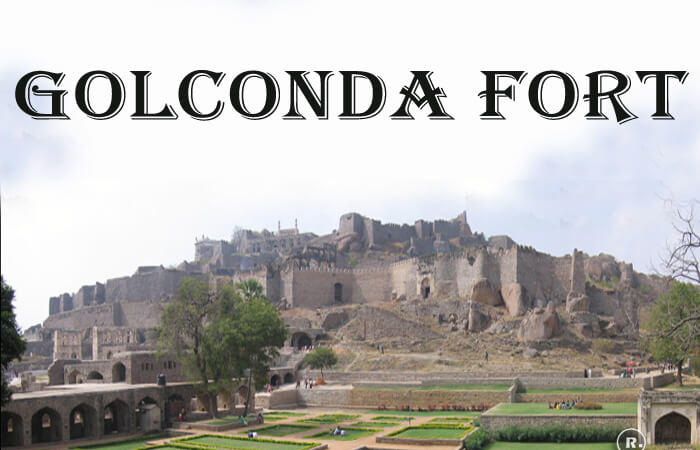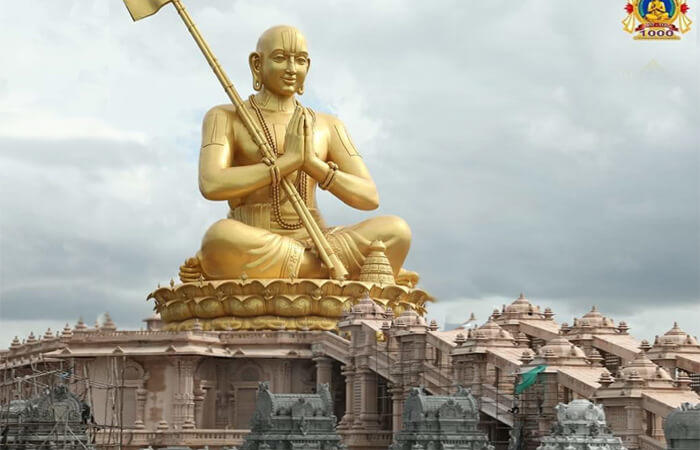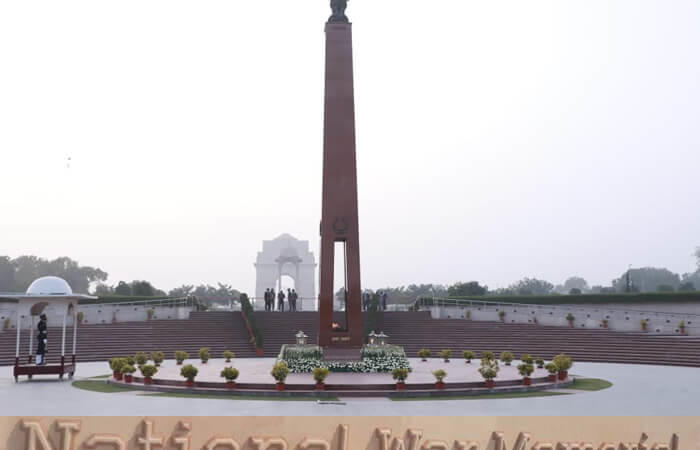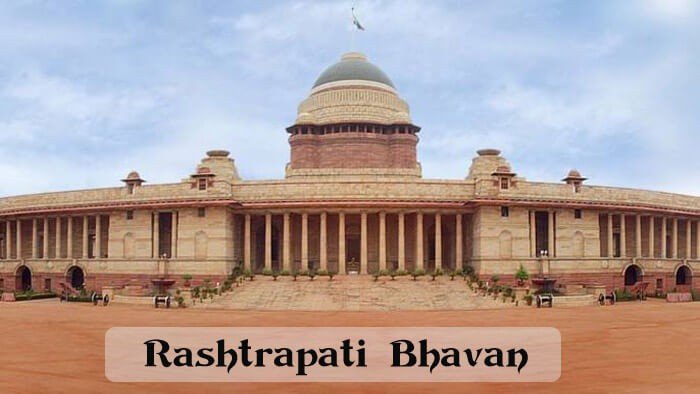Taj Mahal is a Hindu Temple reveals a book

The book under review ‘World Vedic Heritage – A History of Histories’ is written by a great research scholar P.N.Oak after years of research on this subject.
This was written way back in 1984 and I have read it long back with wonder. Some of the topics like Taj Mahal was a Hindu Temple, Vedic stanzas are in Koran, Aurangazeb’s grave is in a Goddess Temple-Yard, etc. attracted me very much. While I am reading this book now, still it fascinates me.
Even though the subjects are controversial, the author has given ample authoritative evidence for the readers.
The author says that the dome of the Taj Mahal in Agra, near New Delhi, the capital of India, has lotus petals. The lotus petals in inlay-work girding its base, the inverted lotus on top of the dome, and the trident pinnacle are all Hindu, Vedic features indicating that the fifth-generation Mogul emperor, Shahjahan only requisitioned the Tejo Mahalaya Shiva Temple.
Most of the area around the main building is under the Archaeological Department’s control and no visitor is permitted there. Oak says that there is ample evidence to prove his point in those areas.

The book has 92 chapters in 1312 pages. The Vedic culture in the East, Vedic past of Japan, China, Korea, and Manchuria, West Asia, etc. are dealt with in detail by the author. Supporting his theory, the author has given 56 photos also in the book.
The book makes interesting reading. It is argued in the book that the first immediate reaction of a large section of the public on reading an unheard of the thesis of the kind expounded in this book is likely to be one of shock, disbelief, and rejection. But the cogency of the argument, the continuity of the thread of the history, and the comprehensive evidence are likely to be persuasive factors that may ultimately make the theme more agreeable and acceptable.
A detailed bibliography is also attached at the end of the book quoting 114 sources.
The reader may draw his own conclusion after digesting all the facts put forth in the book. Lastly, after going through the contents of this book, one will get the impression that Indian history must definitely be re-written correctly.
Purushottam Nagesh Oak (Birth: 2 March 1917; Death: 4 December 2007), commonly referred to as P. N. Oak, was an Indian writer, notable for his Hindu-centric brand of historical revisionism. Oak’s “Institute for Rewriting Indian History” issued a quarterly periodical called Itihas Patrika in the 1980s. He has written more than twelve books. He was on the editorial staff of the newspapers Hindustan Times and The Statesman. He joined the Ministry of Information and Broadcasting, India, and served as a class I officer for a long time.
In all, those who are interested in Indian History should read this book without fail.






